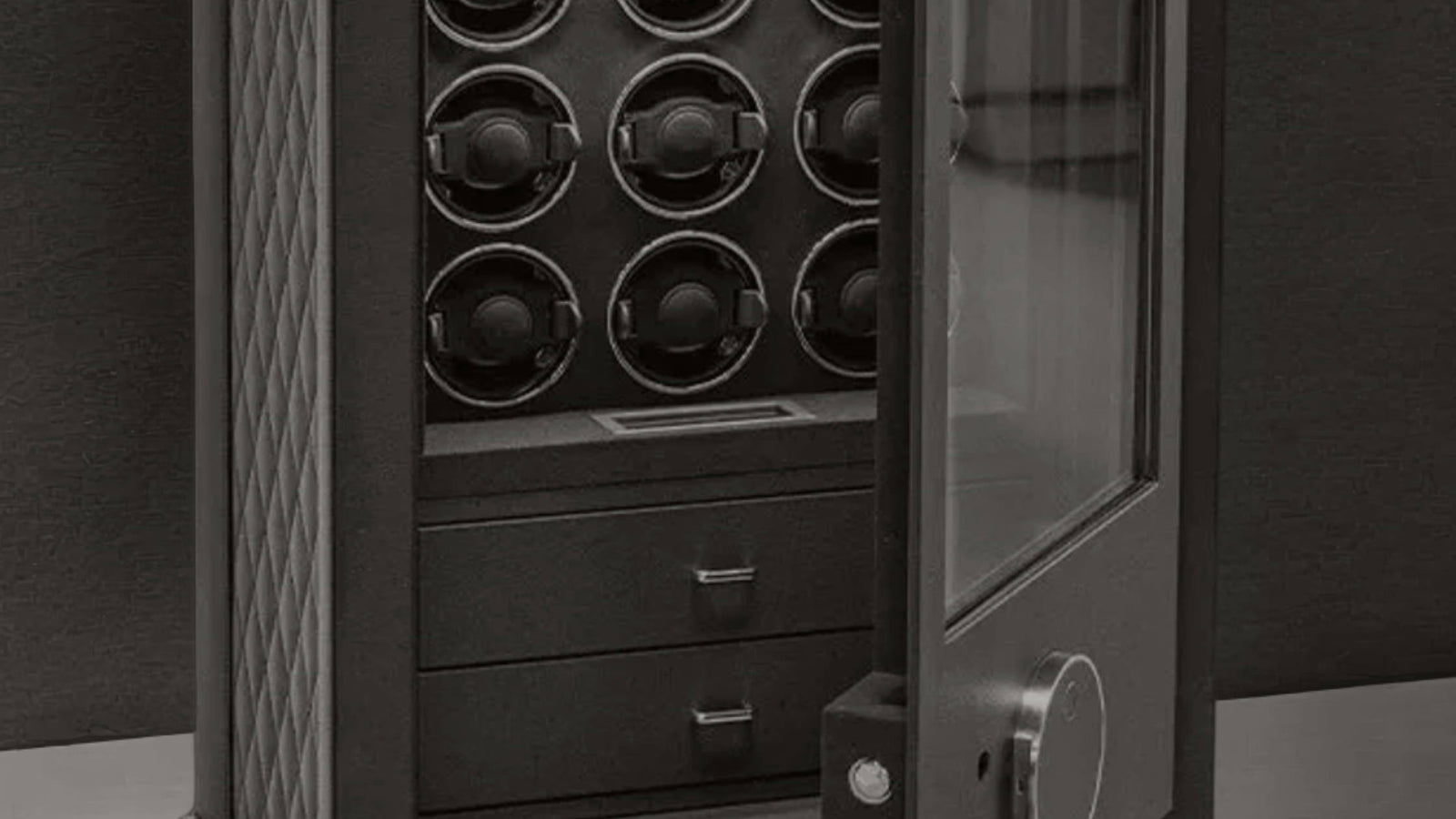Have you ever wondered about the history of locks? Safes and locks are about as old as mankind has had a need to protect possessions and have a long and interesting history of innovation. Though there’s some debate about the oldest known lock most experts agree it’s at least several millennia old and even resembled a modern tumbler lock in some aspects. Here we’ll look at the beginning of locking mechanisms and how they have changed throughout time to arrive at the trusted steel you use to keep your valuables safe.
Some of the earliest references to locking mechanisms in fact comes from the old testament which can give a little perspective to just how old they really are. It’s theorized that many different cultures developed locks around the same time but some of the oldest known come from ancient Egypt around 4,000 years ago. These locks were typically made of wood and used for doors though they did have a primitive tumbler system not too different from what we use today. The next big innovation comes about 2,000 years later by the romans who developed iron locks utilizing the same tumbler method though with much more intricate and secure craftsmanship. The largest development at this time is a reduction in the size of the locking mechanism and key. For the first time in history keys are shrunken down to a portable size and the locks have a greater semblance of security against brute force attacks. After Roman innovation progress was slow for the next 1,500 years though engineers and inventors did develop some basic safeguards to common lock picking techniques. Real progress emerged in the late 18th century from Robert Baron an English locksmith responsible for developing the double acting or lever tumbling lock. This method is actually still in use today though not common because pin and tumbler locks are typically cheaper. Next comes Joseph Bramah who developed the bramah lock which remained unpickable for 67 years. Further innovation comes from James Sargent who patented the world’s first key changeable combination lock as well as the first time lock which quickly became a standard in many banks. The truth is that aside from electronic and biometric locking mechanisms the basic ideas behind many modern locks are really centuries old and haven’t changed too much. Minor tweaks here and there have made modern locks reliable and trustworthy but the basic design has remained more or less the same for centuries.



